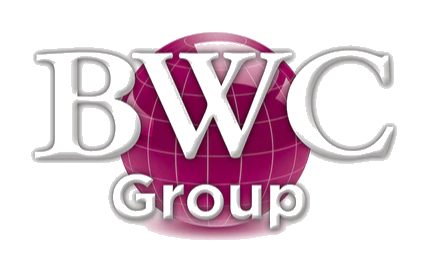As a food retail business owner, selecting the right refrigeration solutions is paramount to maintaining product freshness, ensuring food safety, and optimizing operational efficiency. With a wide range of options available, navigating the selection process can be overwhelming. In this blog post, we'll provide you with a comprehensive guide to help you choose the best refrigeration solutions for your food retail business.
1. Assess Your Needs:
Before diving into the world of refrigeration options, start by assessing your specific needs. Consider factors such as the size of your store, the types of products you sell, and your budget constraints. This initial assessment will help you narrow down your options and focus on solutions that align with your requirements.
2. Understand Different Types of Refrigeration Units:
Familiarize yourself with the various types of refrigeration units available in the market, including reach-in refrigerators, walk-in coolers, display cases, and refrigerated prep tables. Each type serves different purposes and offers unique features, so understanding their functionalities will aid in making informed decisions.
3. Consider Space Constraints:
Evaluate the available space in your store to determine the size and configuration of refrigeration units that will fit seamlessly into your layout. Walk-in coolers are ideal for larger spaces, while reach-in refrigerators and display cases are suitable for smaller retail environments with limited space.
4. Prioritize Energy Efficiency:
Opt for energy-efficient refrigeration solutions to minimize operating costs and reduce environmental impact. Look for units with ENERGY STAR certification or high Energy Efficiency Ratio (EER) ratings, as they are designed to consume less energy while delivering optimal cooling performance.
5. Focus on Food Safety Compliance:
Ensure that the refrigeration solutions you choose comply with food safety regulations and guidelines. Look for features such as temperature monitoring systems, adjustable shelving, and easy-to-clean surfaces to maintain food quality and safety standards.
6. Explore Customization Options:
Consider customization options that allow you to tailor refrigeration solutions to meet your specific needs. Many manufacturers offer customizable features such as adjustable shelves, lighting options, and branding opportunities to enhance the functionality and aesthetics of your refrigeration units.
7. Evaluate Maintenance Requirements:
Assess the maintenance requirements of different refrigeration solutions and choose units that are easy to clean and maintain. Look for features such as self-cleaning condenser coils, removable gaskets, and accessible components that simplify routine maintenance tasks.
8. Seek Professional Guidance:
Consult with refrigeration experts or industry professionals to gain insights into the latest trends, technologies, and best practices in commercial refrigeration. They can provide valuable recommendations based on your unique business needs and help you make informed decisions.
9. Budget Wisely:
Set a realistic budget for your refrigeration investment and explore options that offer the best value for your money. While it's essential to prioritize quality and performance, be mindful of your budget constraints and avoid overspending on unnecessary features.
10. Plan for Future Growth:
Anticipate future growth and scalability when selecting refrigeration solutions for your food retail business. Choose units that can accommodate your evolving needs and expansion plans, allowing you to scale your refrigeration infrastructure as your business grows.
By following these guidelines and considering your specific requirements, you can confidently choose the right refrigeration solutions for your food retail business. Remember to prioritize energy efficiency, food safety compliance, and customization options to ensure optimal performance and long-term success in the competitive food retail industry.

